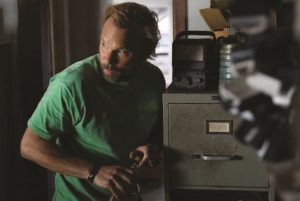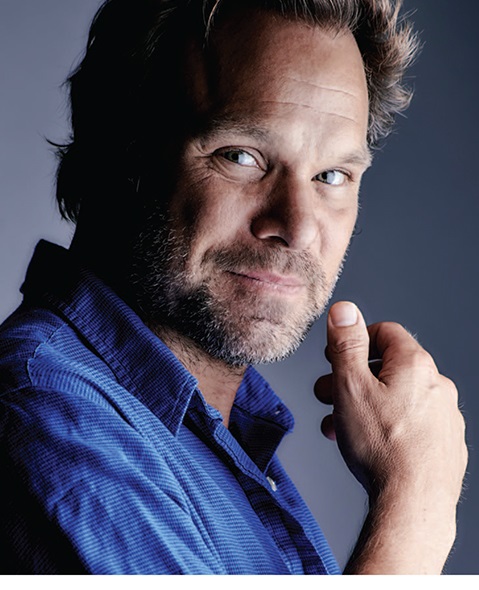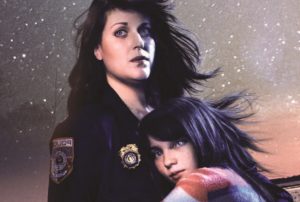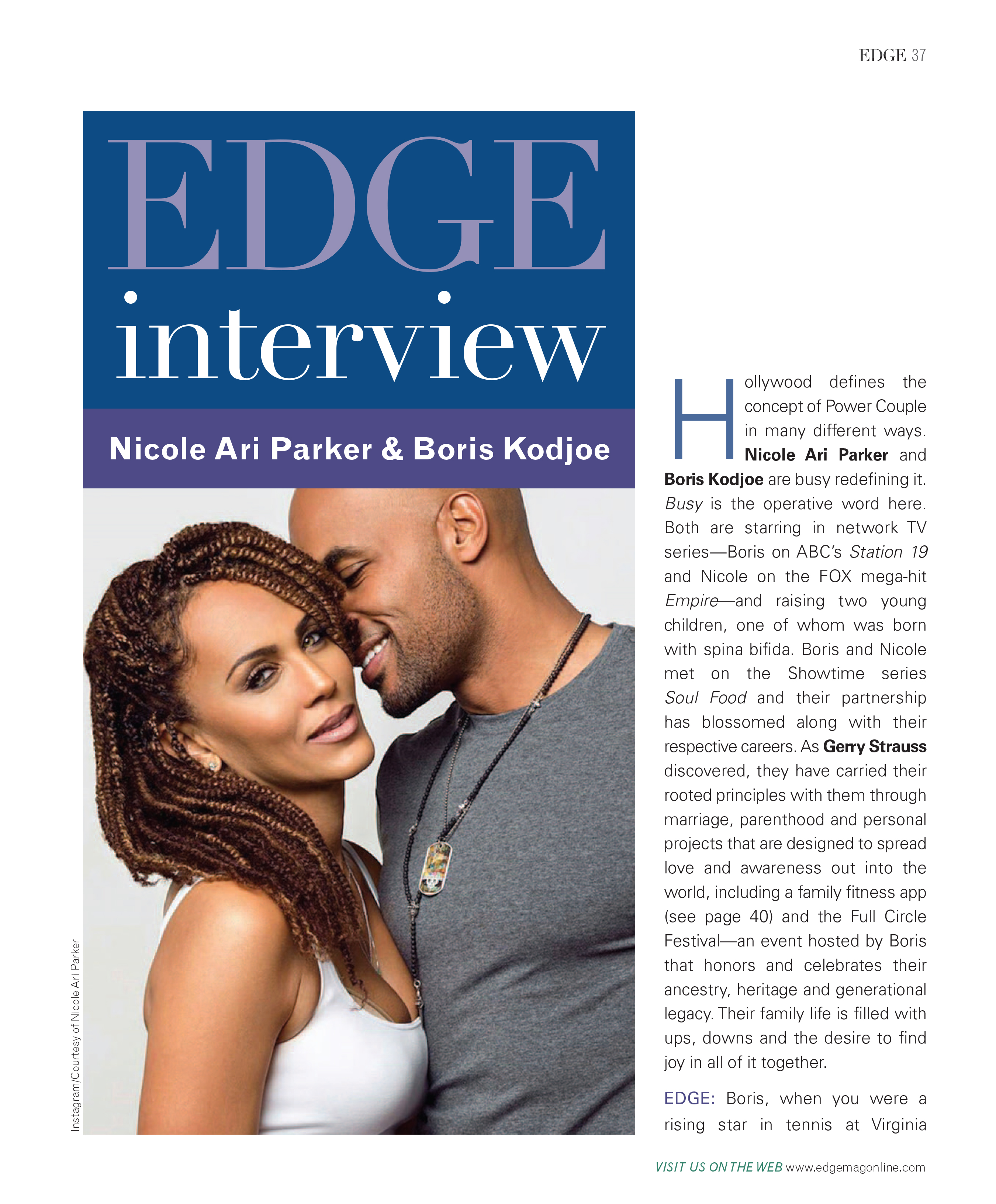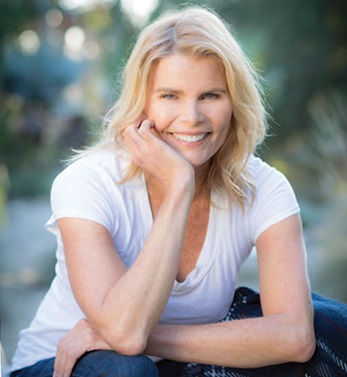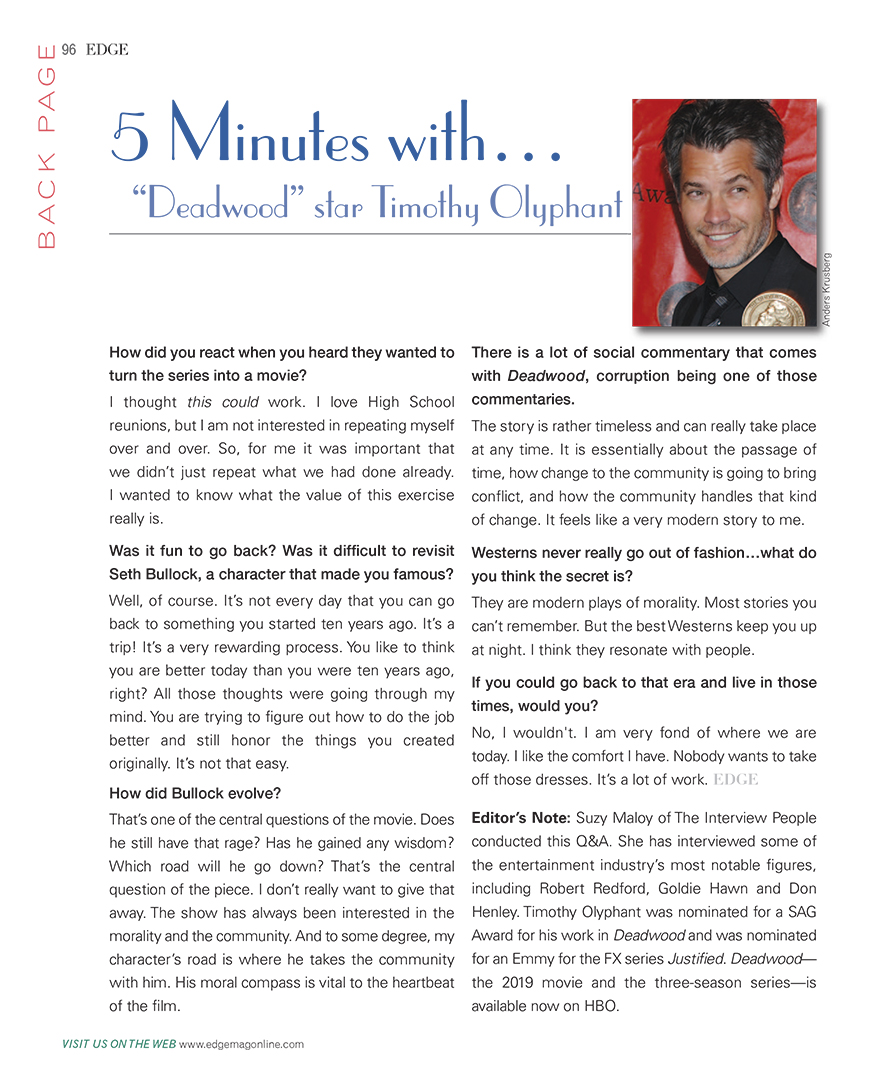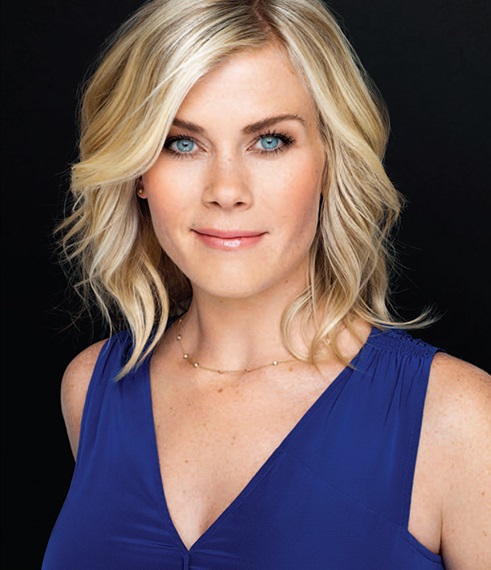Nicole Ari Parker & Boris Kodjoe
Hollywood defines the power couple in many different ways. Nicole Ari Parker and Boris Kodjoe are busy redefining it. Busy is the operative word here. Both are starring in network TV series—Boris on ABC’s Station 19 and Nicole on the FOX mega-hit Empire—and raising two young children, one of whom was born with spina bifida. Boris and Nicole met on the Showtime series Soul Food and their partnership has blossomed along with their respective careers. As Gerry Strauss discovered, they have carried their rooted principles with them through marriage, parenthood and personal projects that are designed to spread love and awareness out into the world, including a family fitness app (see page 40) and the Full Circle Festival—an event hosted by Boris that honors and celebrates their ancestry, heritage, and generational legacy. Their family life is filled with ups, downs and the desire to find joy in all of it together.
EDGE: Boris, when you were a rising star in tennis at Virginia Commonwealth, were you already thinking about a career beyond the sport?
BK: No. While I was playing, I was completely committed to tennis, and that was my ambition, my dream, my purpose, everything. When that was cut short [due to injury], I came to the states to study and take my mind off of tennis for a little bit, and it progressed into getting my degree, and then moving to New York and being discovered for modeling. While I was modeling, I took acting classes to see if I could improve my English, because I had an accent. Throughout that process, being in acting class is when I fell in love with the craft.
EDGE: Nicole, when did you discover your passion for performing?
NP: I came at this fully open arms twirling, loving the theater, fully committed to being an actress from the very beginning. I graduated at 17 from a high school in Baltimore, and got into NYU early. Second semester, I switched over to the NYU Tisch School of the Arts. I was a Journalism and English major, and I called home, and I asked my dad if I could go to Tisch. NYU was really expensive, and he said, “You just have to promise me that when you get knocked down, you’ll get back up and I’ll support you. Don’t give up and I’ll support you, because it’s going to be a tough road.” I did it and I switched over to the full theater program, and stayed in New York for 13 years. I got my big TV break with Soul Food in 2000.
EDGE: You both had busy, thriving careers before getting married and starting your family. As your lives together have evolved, how has that changed the way you prioritize your career compared to other parts of your life?
BK: I think you just answered the question (laughs).
NP: Soul Food was my big break, and it was kind of his, as well. We’re in this wonderful new exciting moment in our careers coming at it from different places, and our friendship developed, and then our relationship developed, and then we got married and then we had kids. We progressed together. We actually do well working together—the beginning of our relationship was learning how to be together 14 hours a day. We really knew how to be around each other for long periods of time, and we had a nice rhythm in terms of managing our creative time, our personal time, our professional time.
EDGE: And kids…
NP: Kids change everything. For anybody. No matter what you’re doing, no matter what business you’re in, kids change everything. You have to come together and be on the same page about how you want to do this: Do you want them to be the priority? Do you want them to be part of our plan? We just agreed to make them the priority and everything wonderfully fell into place. We didn’t sleep the first year, like any parent, and we still worry like any parent. But we really work together. The one thing we agree on is how we want to raise the kids.
BK: We learned together how to make our children our priority, and that made everything else fall into place automatically.
EDGE: The theme of this issue is Teachable Moments. How tuned in are you to that aspect of parenting?
BK: I think there are teachable moments every single day. There’s teachable moments in terms of taking in your kids and balancing structure and trust. I think there’s teachable moments in our relationship, how we relate to each other, communicate, take each other in.
I’ve certainly learned a lot about my behavior and how it comes across because sometimes we think we’re communicating effectively, but your partner lets you know that it might not be as effective as you think. There’s learning each other’s dance steps, and it’s literally every single day that you learn something new and that you have a teachable moment. I think the key is to give each other the space and the freedom to learn, as well as to teach. A lot of people are shut off from learning new things or being open to receiving input, and I think as long as you’re open and willing to learn—to make mistakes and give each other that privilege, as well—it’s a good thing.
NP: There are opportunities every day, but there are a lot of things that are different about the way my kids are growing up than the way that I grew up. I am very conscious of some of the values that I want my kids to have, even with all of the access that they have, and the travel, and the exposure. We both are very conscious of them still having life skills. As Boris said, those present themselves all the time—like conflicts with people, taking care of your responsibilities, time management. Really, we don’t let that stuff fly because you can’t. Your kids are being saturated with so much stuff 24 hours a day that we really check-in and make sure they have, like, basic self-awareness, and know how to take care of themselves and how to take care of their responsibilities, things like making their beds and folding their clothes—Sophie even knows how to cook. I just think that there’s something wonderful inside of those things that every kid should have, just to survive and feel good about themselves when
they’re out in the world and not with you anymore. In terms of each other, it’s just hard traveling so much and working so much that we, again, both agree that we have to check-in and make sure we’re still having fun, and that we’re not just roommates and business partners.
BK: Part of teachable moments when you’re talking about our kids is exposing them to different cultures. With the Full Circle Festival, we have made it our goal to invite people to experience Ghana’s vibrant culture and connect with their ancestry because this happens to be the Year of Return 2019, which commemorates 400 years since the beginning of the slave trade. Taking our kids there along with other friends and family was a really important way for us to expose our children to history, to culture, to their ancestry, and doing it in a celebratory way.
EDGE: How do you explain your celebrity status to your kids?
NP: One time, I was doing a play in New York during the summer, and we put them in a camp. It was a camp at the Y, and as soon as we walked in, not even realizing we dropped them off, all the kids were like, “Oh, my God!” They knew Boris from the Resident Evil movies, and they were very excited. Our kids hadn’t really experienced that before. We were, like, “Uh-oh. Teachable moment. Too late!” [laughs]. Sophie and Nicolas were just frozen. We talked to the counselors and everybody calmed down and they had their day. I asked Sophie later, “How did it go at camp?” She said, “Well, I told them that my parents were just regular people like their parents and what they do is just a job, just their work.” She had this kind of understanding for herself that kept her calm, and so it just calmed everyone around her. She’s like, “It’s just the job they do. Just their job.” I felt like that was the age-appropriate understanding. Then, as they get older and become self-aware and they’re in the photographs now, we just make sure they’re okay. Just make sure that they’re not being overexposed and self-conscious. I think we’ve worked on that in a way that they know when they’ve had enough. They don’t need to be on the red carpet. They’ll go ahead of us. They’ll run and see their friends if they go to an event. They don’t need to be in it.
BK: When they were smaller, we were driving downtown and there was this huge, gigantic advertising for one of my shows, and Nicolas screamed and said, “Daddy, daddy, look. They got your picture. How did they get your picture?” Then, Sophie, who was at the time maybe four, leaned over to him and said, “You’re so silly, Nicolas. Mommy gave it to them!” It was all very, very innocent. They had no clue. Then, as time went on, they really were educated more from their friends, because we really kept them sheltered in our community in Manhattan Beach. It’s very family- oriented, very protected. After a while, they figured it out on their own by themselves.
EDGE: What advice would you guys give to parents who are at the onset of facing their own medical challenges with their kids?
BK: The first thing I would say is that you’re not alone. I think that’s the lifesaver. It was for us when we realized that there’s a whole world out there, there’s a whole community out there of parents who were dealing with similar things. That really encourages you to do your research, and to talk to as many people as you can, and to get input and advice. Then, I would encourage them to know that they are the parents of their child, so they know their child better than anybody else—get multiple opinions, always trust their parental instincts and their connection with the child that they have. Children will teach you what they need.
EDGE: Let’s talk about your professional lives a bit. Boris, Station 19 is following an impressive blueprint for success. It’s a spinoff of Grey’s Anatomy and is being produced by Shonda Rhimes.
BK: I’ve been a fan of Shonda Rhimes since the beginning. She’s a trailblazer who has changed the way we watch television. I’ve always wanted to be a part of “Shondaland.” Station 19 wasn’t established. They had just finished the first season, and I guess they were still looking for their place, for their rhythm. It was a good moment for me to join the cast and help them find their path, if you will. I’m excited about it because it’s a great show with a great cast, and I don’t think we’ve even scratched the surface yet in terms of the stories that we want to tell. I’m always an advocate for going deeper, telling multi-dimensional stories and for heightening the stakes, and we have a great opportunity now in this third season to do that.
EDGE: Nicole, you’ve become a major player on Empire, a show that was already a ratings monster. How did you feel about jumping onboard that speeding train?
NP: It was a joy because I have known Terrence Howard for so long, and I was so excited to work with Taraji Henson and Gabby Sidibe and everyone. I just jumped in and I felt like a new girl the first season entering into a family, and then it just took off from there. They made me feel like I was part of the family and it was a really great feeling. It’s tough. It’s a one-hour show. It’s a drama, it’s fast-paced. It’s a big cast. It’s in a different city, but somehow it has this joyous ride, a crazy ride. It’s been good.
EDGE: With both of you starring in full-season network shows, have your respective shooting and media schedules created even more of a juggling act when balancing family life?
BK: I think it’s always a juggling act when you’re talking about being on two network shows, because of the time commitments it requires. Also, Empire films in Chicago, so that comes with its own challenges in terms of traveling back and forth. It’s certainly a blessing, but there’s always a trade-off. I wouldn’t call it a juggling act or balancing. It’s really setting your priorities and not only making sure that the kids don’t pay the price, but that we don’t—because we have to look at each other and say, “Look, we were here first. We have to make sure that we have everything we need from each other.” Which is very important. If that means that we meet in Mexico for two days or if that means that I’m flying to Chicago for a day or three days or whatever that means, we have to be honest and we have to be committed to that.
There’s an App for That
EDGE: Boris, your commitment to fitness has produced KoFit. How did this app concept evolve?
BK: Health and fitness has been a part of my life and my brother’s since we were kids. We’re both athletes. He played professional basketball. The fact is that we are regressing as a society in terms of our health, which is obviously public knowledge. I don’t have to bore you with the stats, but we found that a lot of people complained that the plethora of workouts, fitness advice and nutritional information that’s out there is just super-confusing. It ends up being clutter that’s intimidating for people. It renders them paralyzed. Patrick (right) and I wanted to simplify all things fitness and nutrition. He is a certified nutritionist. He’s a personal trainer and a life coach, and so we came up with the KoFit app as a way for people to start where they are at. They don’t need equipment, they don’t need a gym, they don’t need an advanced degree to understand nutrition. All they need is a space in their house and they can start with as little as five minutes. None of our workouts are longer than 20 minutes. My brother gives great simple tips on food. We run people through mindfulness exercises like meditations and yoga exercises. Patrick’s wife is a certified yoga teacher. We want the whole family involved—we’ve got our kids on the app to communicate the simplicity and how easy it is to introduce some positive habits into your life and make health and fitness part of your lifestyle.
EDGE: KoFit is offering 30-day memberships for free to anyone who signs up. Why was that important to you?
BK: This is building the community. KoFit is a family, and we want to invite families across the world to take part in this movement—to find a way to be healthier, happier and stronger. This is just part of us wanting to invite people to join the family.
The Boris File
Boris Frederic Cecil Tay-Natey Ofuatey-Kodjoe
Born: March 8, 1973 • Vienna, Austria
Boris is the son of a German psychologist and Ghanaian physician, who named him after Russian poet Boris Pasternak. He is fluent in three languages. Groomed to be a pro tennis player, Boris starred for the Virginia Commonwealth University tennis team; his brother Patrick played basketball for VCU. A back injury cut short his career, at which point he pivoted to modeling and acting. His film credits include roles in Love & Basketball, Madea’s Family Reunion, Surrogates, two installments of the Resident Evil franchise, Baggage Claim and the upcoming Nicole & O.J. (scheduled for release in 2020). In addition to Soul Food and Station 19, Boris has appeared in a number of television series, including Boston Public, Second Time Around, Undercovers, Real Husbands of Hollywood (with Nicole), The Last Man on Earth, House of Cards and Grey’s Anatomy.
The Nicole File
Nicole Ari Parker
Born: October 7, 1970 • Baltimore, Maryland
Nicole is the only child of a dentist and healthcare professional. While attending an all-girls prep school she was named Best Actress in a statewide theater competition and went on to join the Washington Ballet Company. She earned a degree in acting from NYU in 1993. In her 20s, Nicole made memorable appearances in a string of critically acclaimed independent films, including The Adventures of Sebastian Cole, 200 Cigarettes and Boogie Nights, which earned her a SAG Award nomination. Her breakthrough TV role came in 2000 on the Showtime series Soul Food. She also earned rave reviews in Remember the Titans and Brown Sugar.
Nicole’s other film credits include Imagine That with Eddie Murphy
and two Martin Lawrence comedies, Blue Streak and Welcome Home Roscoe Jenkins. Among her TV credits are CSI, All of Us, The Deep End, Revolution, Murder In the First, Time After Time, Rosewood and The Romanoffs. Earlier this year, Nicole squared off with Boris on an unforgettable episode of Lip Sync Battle.



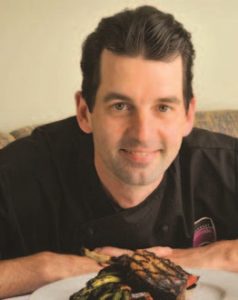




 The fact is that 2009 was a big year for auto tech. Many of the now ”standard” features on 2019 vehicles were just finding their way into showrooms back then. Among the groundbreaking bells and whistles were rear-mounted radar that could detect oncoming traffic when a car shifted into reverse, as well as portable routers that turned vehicles into Wi-Fi hotspots. Live GPS vehicle tracking (for paranoid parents or vigilant business owners) also became widely available. And smaller, lighter turbocharged engines could be found in cars across the MSRP spectrum, boosting power and efficiency—a huge game-changer.
The fact is that 2009 was a big year for auto tech. Many of the now ”standard” features on 2019 vehicles were just finding their way into showrooms back then. Among the groundbreaking bells and whistles were rear-mounted radar that could detect oncoming traffic when a car shifted into reverse, as well as portable routers that turned vehicles into Wi-Fi hotspots. Live GPS vehicle tracking (for paranoid parents or vigilant business owners) also became widely available. And smaller, lighter turbocharged engines could be found in cars across the MSRP spectrum, boosting power and efficiency—a huge game-changer. 3-D Printed Cars. Not the whole car, of course, just the parts that make people ooh and aah. Pick your engine and your options, and then go crazy designing the car of your dreams. The functional technology exists already, however, the cost is still prohibitive. But man, just think of the wild stuff we’ll be seeing on the road. The fringe benefit of this technology is that the same 3-D printers will
3-D Printed Cars. Not the whole car, of course, just the parts that make people ooh and aah. Pick your engine and your options, and then go crazy designing the car of your dreams. The functional technology exists already, however, the cost is still prohibitive. But man, just think of the wild stuff we’ll be seeing on the road. The fringe benefit of this technology is that the same 3-D printers will 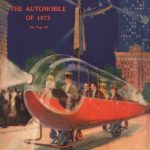 Flying cars. Well, 1973 came and went, didn’t it? So here’s the deal: You might finally get that long-awaited personal jetpack, but automobiles will remain earthbound. Yes, it’s fun to imagine hovering over the potholes on Rte. 22 on your way to and from work, but no
Flying cars. Well, 1973 came and went, didn’t it? So here’s the deal: You might finally get that long-awaited personal jetpack, but automobiles will remain earthbound. Yes, it’s fun to imagine hovering over the potholes on Rte. 22 on your way to and from work, but no 
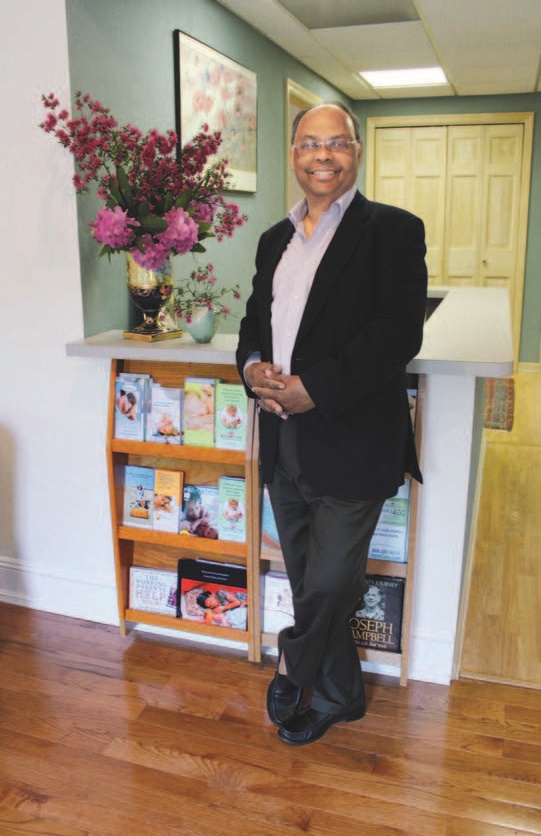
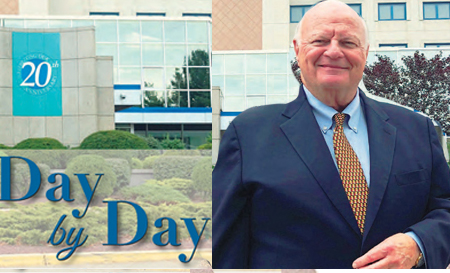



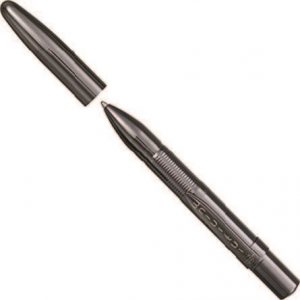
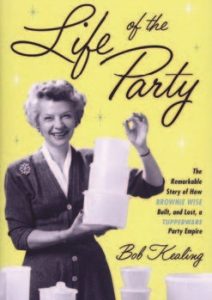 Tupperware • This is not your mother’s food storage system…okay, yeah, it is. But why mess with a good thing? The aisles of supermarkets,
Tupperware • This is not your mother’s food storage system…okay, yeah, it is. But why mess with a good thing? The aisles of supermarkets, 
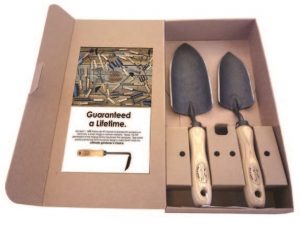 DeWit Garden Tools • These show up on a lot of “Best Of” lists for a reason: They probably are the best. Certainly, DeWit tools will easily make it to 2029 if they are not lost or stolen. That cannot be said of the less- expensive, mostly Made in China gardening tools at your local hardware store. Like the Lodge skillets, DeWit tools are made of indestructible cast iron. However, they are not manufactured in the USA. The company dates back to 1898 when a Dutch blacksmith named Willem de Wit opened a forge in the village of Kornhorn. Five generations later, Willem’s family is still running the business.
DeWit Garden Tools • These show up on a lot of “Best Of” lists for a reason: They probably are the best. Certainly, DeWit tools will easily make it to 2029 if they are not lost or stolen. That cannot be said of the less- expensive, mostly Made in China gardening tools at your local hardware store. Like the Lodge skillets, DeWit tools are made of indestructible cast iron. However, they are not manufactured in the USA. The company dates back to 1898 when a Dutch blacksmith named Willem de Wit opened a forge in the village of Kornhorn. Five generations later, Willem’s family is still running the business.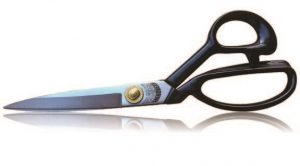





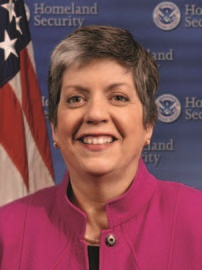



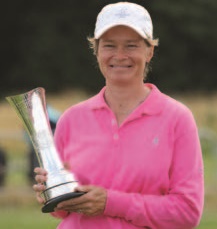
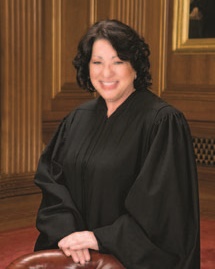
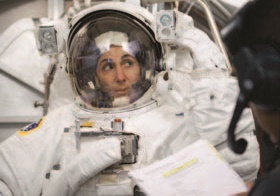
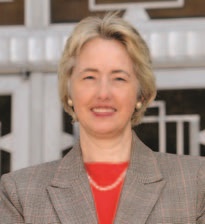

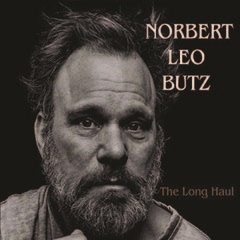 EDGE: The Long Haul is your fourth album, but also in some respects your “first.”
EDGE: The Long Haul is your fourth album, but also in some respects your “first.”
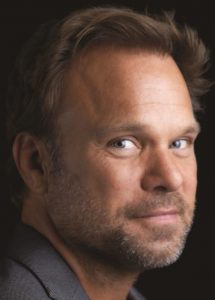 NB: When I got the script I realized that Catch Me If You Can is really the story of a lost kid in search of a surrogate father, and this lonely, middle-aged gumshoe cop really looking for a surrogate son. My dad, who has since passed away, was really ill at the time. I was quite
NB: When I got the script I realized that Catch Me If You Can is really the story of a lost kid in search of a surrogate father, and this lonely, middle-aged gumshoe cop really looking for a surrogate son. My dad, who has since passed away, was really ill at the time. I was quite 